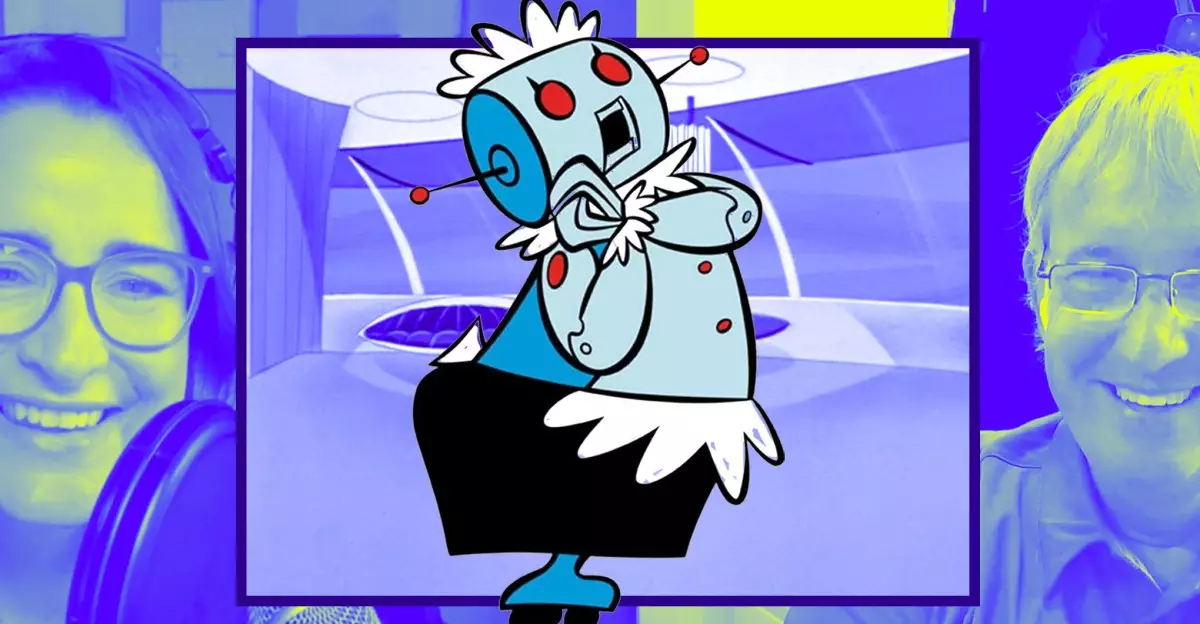The dawn of home robotics promises a new era of convenience and efficiency, but it also challenges our expectations and perceptions about technology’s role in daily life. As industry pioneers like Colin Angle and Grant Erickson shed light on these advancements, it becomes clear that the future isn’t just about replacing manual chores but reimagining what a smart, interconnected household can truly be. Instead of envisioning robotic assistants as humanoid figures resembling science fiction, we should see these technologies as highly intelligent, adaptable tools that seamlessly integrate into our routines, augmenting human capabilities without overwhelming our spaces or our lives.
This shift demands a broader perspective: home robots will likely evolve into versatile partners capable of managing key household functions. They won’t be limited to vacuuming or simple task execution but will develop into proactive agents that anticipate our needs based on contextual awareness and data-driven insights. The goal is not merely automation but creating a symbiotic relationship between humans and machines—robots that understand, adapt, and enhance the comfort and efficiency of our homes. As technology advances, the emphasis should move from novelty to genuine utility, ensuring that these devices offer tangible improvements rather than superficial entertainment.
Moreover, the purpose of home robotics must be scrutinized with a critical eye. Are we deploying machines to free ourselves from mundane chores, or are we relying too heavily on automation at the expense of human interaction and privacy? The ideal robot would serve as an unobtrusive helper—integrating smoothly into our lives without becoming intrusive or overwhelming. This involves careful consideration of design, functionality, and ethical implications, emphasizing transparency and user control. Only then can home robotics evolve from a luxury to an essential, trustworthy part of modern living.
Overcoming Fragmentation: The Technological Backbone of a Unified Smart Home
Behind these futuristic visions lies a complex web of technological innovations designed to create seamless connectivity. Grant Erickson’s contribution to the development of Thread demonstrates how industry experts are striving to eliminate the chaos of incompatible protocols and fragmented ecosystems that currently plague smart homes. The creation of Thread was a response to the frustrating reality where multiple devices from different manufacturers often refuse to work harmoniously, leaving consumers disengaged and overwhelmed.
Thread’s significance extends beyond its immediate functionality; it established a foundation for the industry-wide initiative known as Matter. This ambitious project aims to unify smart home devices under a common standard, easing integration and fostering consumer confidence. Erickson’s story underscores a vital truth: technological progress is as much about collaboration as innovation. The future of home automation depends on industries working together to create ecosystems that are not only technically robust but also user-friendly and resilient.
The evolution of protocols like Thread signals a shift in the industry’s approach—moving from proprietary, isolated systems to open, interoperable frameworks. This transition is critical for democratizing smart home technology, making it accessible, reliable, and secure. As a reviewer and innovator, Erickson’s insights remind us that the real power of smart homes lies in thoughtful engineering and industry-wide cooperation—elements that could ultimately redefine how comfortably and confidently consumers adopt these technologies.
In essence, the future of home robotics hinges on the convergence of intelligent design and seamless connectivity. Only through collaborative efforts like the development of Thread and Matter can we unlock a truly integrated, responsive, and human-centric smart home environment—one where robots do not replace humans but empower us to live smarter, safer, and more fulfilling lives.

